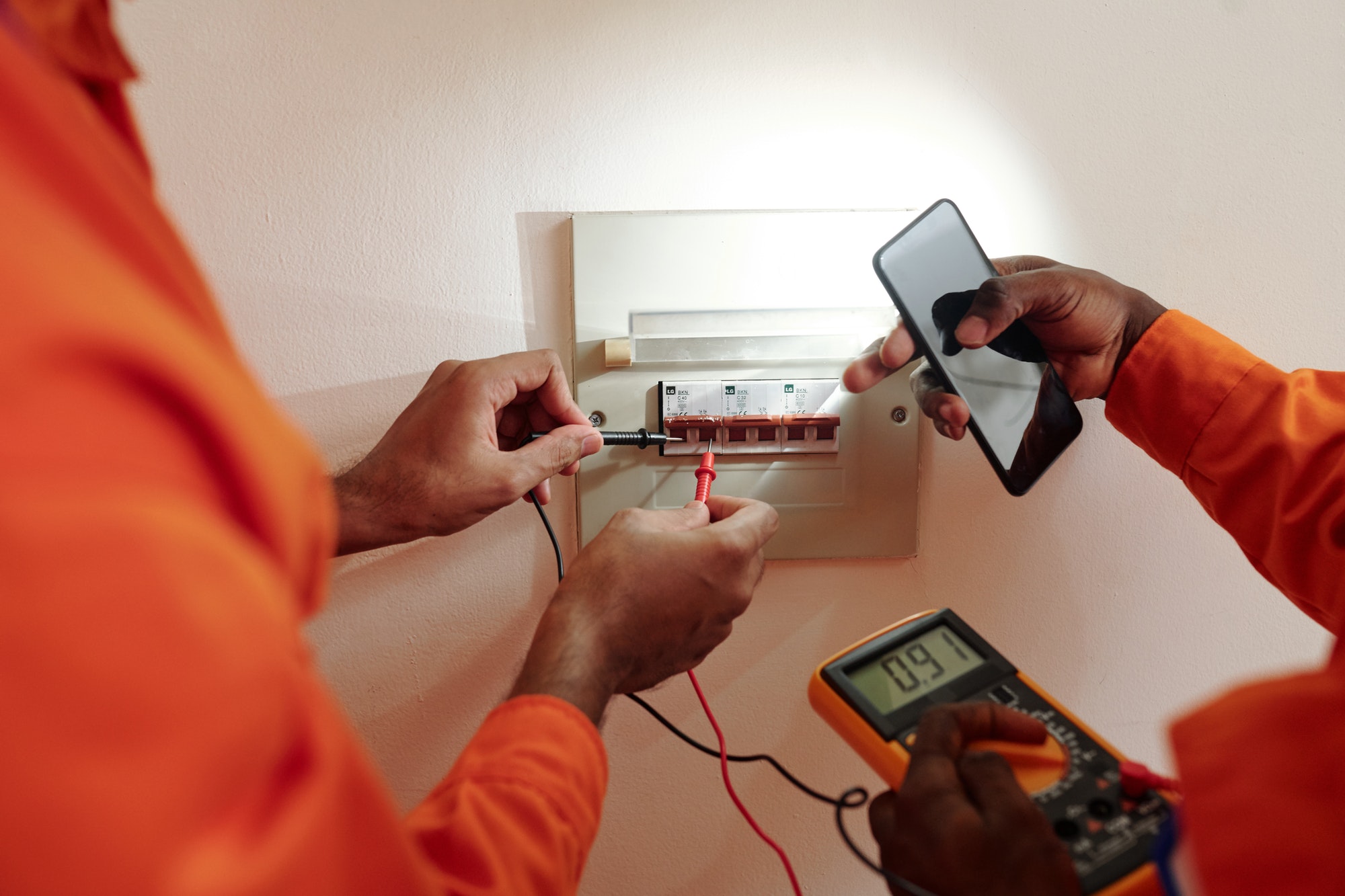Adopting energy-efficient lighting is one of the most straightforward and impactful ways to reduce electricity consumption and environmental impact in both homes and businesses. With advancements in technology, there are more options than ever to choose from, each offering different benefits and efficiencies. Here’s a guide to understanding and selecting the best energy-efficient lighting solutions for your home or business.
1. LED Lighting
Light Emitting Diode (LED) technology has revolutionized the lighting industry. LEDs are highly energy-efficient, using up to 90% less energy than incandescent bulbs and lasting 25 times longer. They are available in a variety of shapes, sizes, and colors, making them versatile for both aesthetic and practical applications. Additionally, LEDs emit very little heat and reach full brightness instantly.
Key Benefits:
- Extremely energy-efficient
- Long lifespan
- No heat emissions
- Instant light
2. Compact Fluorescent Lamps (CFLs)
Compact Fluorescent Lamps are another popular choice for energy-efficient lighting. While they use about 70% less energy than incandescent lamps, they don’t quite match LEDs in efficiency or lifespan. However, CFLs are cheaper than LEDs, making them a cost-effective option for consumers not ready to make the higher initial investment in LED technology.
Key Benefits:
- More energy-efficient than incandescents
- Cost-effective
- Good color rendering
3. Halogen Incandescents
Halogen incandescents are more energy-efficient versions of traditional bulbs. They use a halogen gas to increase output and efficiency. Although they are the least efficient of the energy-efficient lighting options, they are still about 20-30% more efficient than traditional incandescents and provide a spectrum of light that closely mimics natural daylight.
Key Benefits:
- Better efficiency than traditional incandescent
- Excellent color rendering
- Dimmable
4. Smart Lighting Solutions
Smart lighting goes beyond just energy efficiency; it integrates with home or business automation systems to provide unparalleled control over lighting usage. Smart light bulbs can be controlled via apps, voice commands, or timers, ensuring that lights are on only when needed and contributing significantly to energy conservation.
Key Benefits:
- Remote and automated control
- Adjustable settings (intensity, colors, schedules)
- Integration with home/business automation systems
5. Solar-Powered Lighting
For outdoor lighting solutions, solar-powered lights are an excellent option. They harness solar energy during the day to power LED lights at night. This solution is particularly beneficial for areas without easy access to electrical wiring, as it eliminates the need for wired energy altogether.
Key Benefits:
- Uses renewable energy
- Reduces electricity bills
- Easy to install and maintain
6. Task Lighting
Implementing task lighting—focused lighting where it’s needed most—can reduce the reliance on overhead lights, which often use more energy. Task lighting is effective in both homes and workplaces, particularly in areas like desks, reading nooks, or workbenches.
Key Benefits:
- Reduces the need for extensive ambient lighting
- Increases efficiency by providing light only where needed
- Can be easily combined with energy-efficient bulbs
Conclusion
Choosing the right energy-efficient lighting solution involves considering the specific needs of your space, your budget, and your preferred maintenance level. Whether upgrading to LED options, integrating smart lighting controls, or using solar-powered outdoor lights, each step towards more efficient lighting can contribute to significant energy savings and environmental benefits. Always consult with a lighting professional to make the most informed choice for your unique situation.






